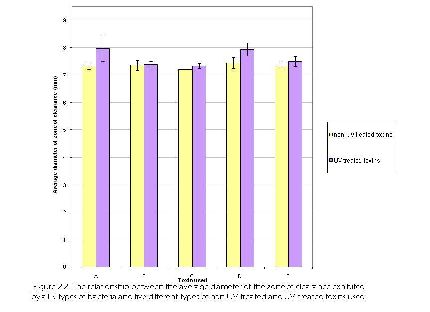Constantly have the urge to urinate, but almost nothing comes out when you try >> << urine may look cloudy, smelly, or be pink or red from blood
your hand, lower back and abdomen damage
slow thinking or feeling a loss. In the elderly, this may be the only symptom. Many times, cystitis clear up by itself within two days of care. If symptoms persist, consult a doctor or clinic. How will the doctor diagnosis of cystitis? The doctor will review and ask about your medical history. In women, the doctor will perform gynecological examination. In men, the doctor inserts a gloved finger into the rectum to check
prostate enlargement. The doctor will also consider the male penis and testicles for infection. For men and women, the doctor will check the abdomen and kidney area for any swelling and pain. You will be asked to give urine. In the diagnosis of cystitis, your doctor should make sure that the other conditions do not cause << bladder infection. >> Some of these conditions include:
Sexually transmitted diseases such as
chlamydia, gonorrhea and
urethritis infection of the upper urinary tract is called
pyelonephritis vaginal infection in people with severe, recurring bladder infections, your doctor rule out such things as:
Diabetes, which increases the risk of cystitis stones
kidneys, which can block the flow of urine anywhere along the urinary tract. This can lead to urine pool in the bladder. The body of a violation of the lower urinary tract. How urine learned? A few ounces of urine allows you to discover many things. The laboratory will run several tests:
stripes dough. Laboratory staff dips containing chemicals in the urine. Stick will change color if it finds a large number of bacteria, abnormal proteins, blood or pus cells. Normal urine does not contain any of them. From under the deposits. A small laboratory machine called a centrifuge works like a spin cycle of a washing machine, only much faster. Spinning a little urine allows particles to collect, which is then examined under a microscope. Microscopic examination. Looking at the urine under a microscope may show pus and blood cells and skin cells from the mucosa of the bladder or urethra
It can also detect a large number of bacteria. Additional tests may be needed, such as urine >>. << Doctor may suggest urine if:
. Basic tests are negative, but severe symptoms continue. The bladder is often. The doctor suspects that there might be other complications. Cultivation is a laboratory procedure that involves growing bacteria in food with special jelly-like material. Different types of bacteria grow in different ways, so cultivation of urine can help determine which specific type of germ is present. Sometimes there is pus in the urine, not bacteria. This may indicate strattera dosage the presence of some other >> << organisms such as Chlamydia
. Catheter specimen of urine may be requested. This procedure is carried out by passing a thin, flexible tube into the bladder through the urethra opening. Catheterization include:
deep breath in and out through the mouth and helps muscles to relax catheter makes insertion easier and more convenient. Sometimes it is useful to take a sample of urine directly from the bladder, especially in infants, young children and some adults. Long, thin needle is passed directly through the skin of lower abdomen into the bladder. Ultrasound is an easy test to take, because nothing is inserted, injected, or placed inside the body. It uses sound waves to produce pictures of the urinary tract, which can show if something inside is blocking the flow of urine. It can also detect kidney stones or renal abscess. urinary tract infection in men, it can detect any enlargement or abscesses. In children it can see defects that may occur in the pipes that go from
kidneys into the bladder. Intravenous piyelohrama (IVP) test involves the introduction of a special dye into the bloodstream. The dye circulates throughout the body and enters the kidney, ureter
and bladder. A series of X-rays taken as the dye passes through the urinary tract. Dye later leaves the body through urination. Kidney stones. A small pocket of tissue that contains urine, which may be prominent in the bladder or urethra. These pockets are called

Diverticula. The narrowing of the urinary tract pipes. vagina. It is a common condition called
tsystotsele, is supported by the body structures that are usually conducted on-site bladder weakens. Childbirth and aging common causes. In tsistouretrohramma urination, chemical introduced into the bladder through a catheter >>. << X-rays are perceived as a man urinates. VCUG detects back urine that can cause infection. Cystoscopy is a procedure that allows the doctor to see inside the bladder. For this procedure, a light anesthetic is given and the bladder filled with water. The doctor puts a flexible, tube-like instrument called a cystoscope
bladder. The doctor can examine directly inside the bladder and related organs. Cystoscopy can help identify:
Interstitial cystitis
No comments:
Post a Comment